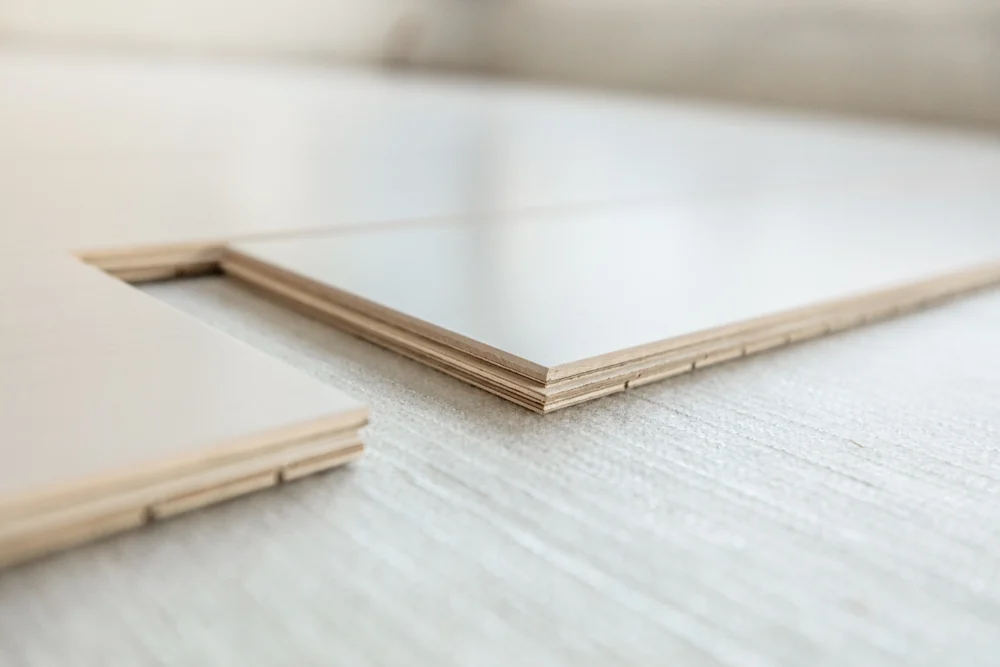Combining Technology with Design for Better Flooring Solutions

In modern interiors, flooring is no longer just about functionality. It’s a key design element that ties a space together, and now, thanks to advancements in technology, flooring solutions have become smarter, more sustainable, and more stylish than ever before. The fusion of tech and design is redefining how we choose, install, and experience flooring.
Smarter Materials for Modern Living
Technology has revolutionised the materials used in flooring. Traditional hardwood and stone are now complemented by high-performance composites like luxury vinyl tiles (LVT) and engineered wood.
These materials are designed to replicate natural textures while offering enhanced durability, moisture resistance, and ease of maintenance. Many of today’s options are built with wear layers and protective coatings that extend the floor’s lifespan without compromising on aesthetics.
For those seeking a natural look with the benefits of modern materials, stone effect porcelain tiles offer the perfect blend of style, durability, and easy maintenance.
For instance, click-lock systems and modular tile formats allow for faster, mess-free installations. Some even come with integrated underlays for sound reduction and added comfort underfoot.
Sustainability Meets Style
Eco-conscious consumers are driving demand for flooring that’s both beautiful and environmentally responsible. Technological advancements now make it possible to manufacture attractive flooring using recycled content, low-VOC finishes, and sustainable resources like bamboo or cork.
Digital printing technologies have also played a major role—allowing manufacturers to replicate intricate patterns and natural finishes without excessive raw material use.
Moreover, smart design features like energy-efficient underfloor heating systems can now be integrated seamlessly, helping homeowners reduce their energy bills while enhancing the comfort of their space.
Enhanced Design Capabilities
With computer-aided design (CAD) and advanced 3D modelling tools, architects, MEP Engineers, and designers can now experiment with layouts, patterns, and colour schemes before committing to an installation. This reduces guesswork and allows for more creative expression.
Digital customisation is also on the rise—think bespoke floor patterns, branded motifs for commercial spaces, or gradient tones that shift across a room. Technology empowers designers to push boundaries and deliver unique solutions tailored to a client’s vision.
Smart Floors for Smart Spaces
Flooring is becoming interactive. From pressure-sensitive tiles that control lighting to floors embedded with sensors that track movement in smart homes or assist in elderly care, tech is being built into the very surface we walk on.
In commercial environments, such systems can monitor foot traffic, inform space planning, and even contribute to building automation systems.
This fusion of function and intelligence is shaping the future of flooring—making it not just a foundation, but an integral part of a smart ecosystem.
A Seamless Future Ahead
The convergence of technology and design in flooring is transforming homes, offices, and public spaces. What was once a purely practical choice is now a design-driven decision, supported by innovation and performance.
Whether it’s choosing sustainable materials, exploring digital customisations, or incorporating smart functionalities, flooring is stepping into a new era—one that’s as forward-thinking as it is stylish.

Ravindra Ambegaonkar
Ravindra, the Marketing Manager at NY Engineers, holds an MBA from Staffordshire University and has helped us grow as a leading MEP engineering firm in the USA
Join 15,000+ Fellow Architects and Contractors
Get expert engineering tips straight to your inbox. Subscribe to the NY Engineers Blog below.


